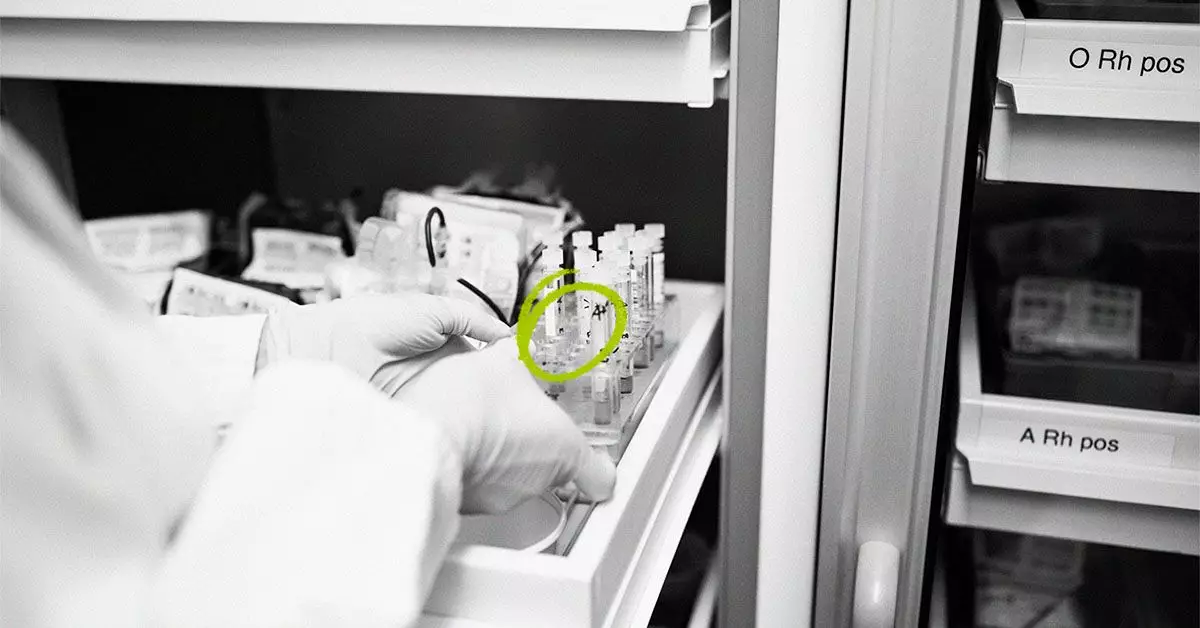Leukemia, a malignancy affecting the blood and bone marrow, poses a unique challenge due to its diverse types and variable prognosis. The life expectancy of individuals diagnosed with leukemia is significantly influenced by the specific type of leukemia they have, the age of diagnosis, and available treatment modalities. This article delves into the distinct categories of leukemia, exploring survival rates, treatment strategies, and the pivotal role of early intervention.
The Varied Landscape of Leukemia Types
Leukemia is broadly classified into acute and chronic forms, each comprising different subtypes that affect patients differently across age groups. Acute Lymphoblastic Leukemia (ALL) is predominantly seen in children under five but intriguingly resurfaces in adults over fifty. The National Cancer Institute reports that the five-year relative survival rate (RSR) for ALL is approximately 72.6% as of 2021, highlighting advancements in treatment. However, the survival outlook for ALL varies significantly based on age and individual health factors, emphasizing the need for personalized treatment approaches.
Chronic Lymphocytic Leukemia (CLL) predominantly affects older adults, with a diagnosis average around 70 years. CLL represents a sizable portion of leukemia cases, accounting for one-third of new diagnoses. With a five-year RSR of 89.3%, CLL demonstrates a more favorable outlook, yet the disease’s incurable nature mandates ongoing treatment, tailored according to the patient’s response and overall health.
Acute Myeloid Leukemia (AML), meanwhile, presents a graver challenge, particularly for those aged 45 and older. With a stark five-year RSR of only 32.9%, statistics reflect a pressing need for immediate intervention, as AML is known for its rapid progression and poor prognosis if left untreated. Lastly, Chronic Myeloid Leukemia (CML) warrants attention for its stages; though it accounts for only 15% of leukemia cases, its various phases can lead to differing outcomes, emphasizing the significance of timing in treatment initiation.
The Impact of Early Intervention and Treatment
Treatment strategies for leukemia are tailored to the type of leukemia, stage of the disease, and specific patient circumstances. Many patients with ALL can achieve complete remission through treatment—estimated at 80-90% success rates—signifying that the disease becomes undetectable in the bone marrow or blood. However, the process of maintaining remission is complex, with about 40-50% of individuals achieving long-term stability.
For both CLL and CML, symptom management and treatment decisions can be more nuanced. While CLL may afford some patients a “watch and wait” approach, mandating careful monitoring without immediate intervention, CML transitions through distinct phases requiring active management. Furthermore, if untreated, patients with CML experience rapid progression from elevated white blood cell counts to more critical health challenges, including infections and organ complications.
AML, on the other hand, exemplifies the urgency of rapid treatment. A 2020 study cited a median survival rate of merely 17 weeks for untreated patients, with mortality primarily resulting from complications rather than the leukemia itself. Such alarming data serves as a rallying cry for timely diagnosis and treatment.
Symptoms and the Importance of Vigilance
Leukemia symptoms can vary widely depending on the type—acute types may display quick-onset symptoms like fatigue, infections, unexplained bleeding, and fever, while chronic forms may present milder, gradual symptoms. This difference underscores the need for patients to remain vigilant about their health and to consult with healthcare professionals when concerning symptoms arise.
Additionally, it is crucial to dispel the misconception that specific symptoms definitively indicate leukemia. A myriad of conditions can lead to similar symptoms, reinforcing the necessity for thorough medical evaluation and accurate diagnosis. It is worth noting that those diagnosed with aggressive types, such as ALL and AML, might encounter rapid symptom progression, demanding immediate medical attention.
The Path Forward: Hope Through Treatment and Research
The journey with leukemia is not solely defined by statistics but shaped by individual experiences, resilience, and the relentless pursuit of better treatments. Research continually evolves, paving the way for novel therapeutic strategies and improved survival rates. The advancement in understanding leukemia biology has catalyzed innovative treatments that offer hope to patients facing this daunting diagnosis.
As we gain further insight into the mechanisms that drive leukemia, ongoing clinical trials and research endeavors will be paramount in transforming the prospects for those affected. Advocacy for continuous research funding and the importance of awareness in communities cannot be overstated; empowering patients and loved ones to seek information and support can lead to more favorable outcomes in the long run.
The commitment to understanding leukemia extends beyond the confines of medicine—it’s a call to foster community support, resilience, and informed choices that will significantly enhance life expectancy and quality of life for those navigating the complexities of this challenging disease.

